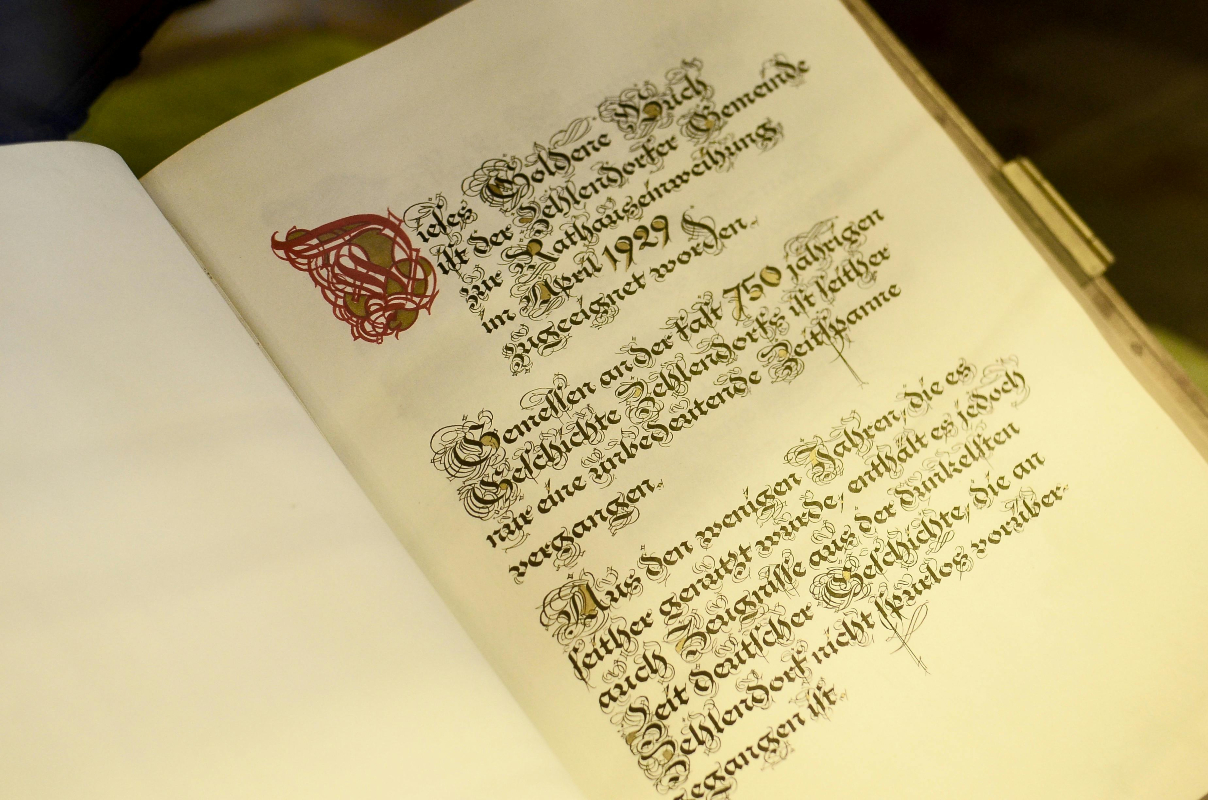A Linguistic Puzzle Lost in Time
When it comes to difficult languages, Greek is often cited as a challenging one, but the title of the most complex and enigmatic language in history belongs to a now-extinct tongue: Tangut.
The Origins of Tangut
At the turn of the 20th century, Russian linguist Nikolai Aleksandrovich Nevsky embarked on a journey across Asia, where he encountered the fascinating yet cryptic Tangut language. This Sino-Tibetan language emerged during the Tangut Empire, a kingdom that once thrived in what is now northwestern China.
Tangut speakers established their independence from China in 1038 and developed their own unique language. However, their empire met its demise in 1227 when the expanding Mongol Empire conquered it, leading to the near extinction of Tangut.
The Challenge of Deciphering Tangut
Centuries later, Nevsky rekindled interest in the Tangut script, meticulously working to decode its characters. By the late 1920s, he had managed to decipher approximately 500 symbols, laying the foundation for further research into this ancient language.
Despite these efforts, Tangut remains one of the most challenging languages to decipher. Unlike Chinese, whose writing system influenced it, Tangut characters bear little resemblance to Chinese script, making it nearly impossible for native Chinese readers to interpret. This has posed a significant barrier to translation and linguistic study.
A Language Unlike Any Other
Tangut is a logographic script, meaning each of its roughly 6,000 intricate characters represents an entire word without indicating pronunciation. In comparison, other logographic writing systems, such as Egyptian hieroglyphs (about 700 characters) and the Mayan script (approximately 800 characters), contain far fewer symbols.
Moreover, Egyptian and Mayan scripts incorporate phonetic components that represent syllables, reducing the number of symbols needed and making them easier to decipher. Tangut, however, lacks such phonetic aids, increasing its complexity.
A Lingering Question
Given its complexity, one might wonder: could the Tangut language have had an equivalent for the Greek word "filotimo"—a term describing a deep sense of honor, duty, and selflessness? Whether Tangut contained a concept similar to "filotimo" remains an open question, adding yet another layer of intrigue to this linguistic enigma.






